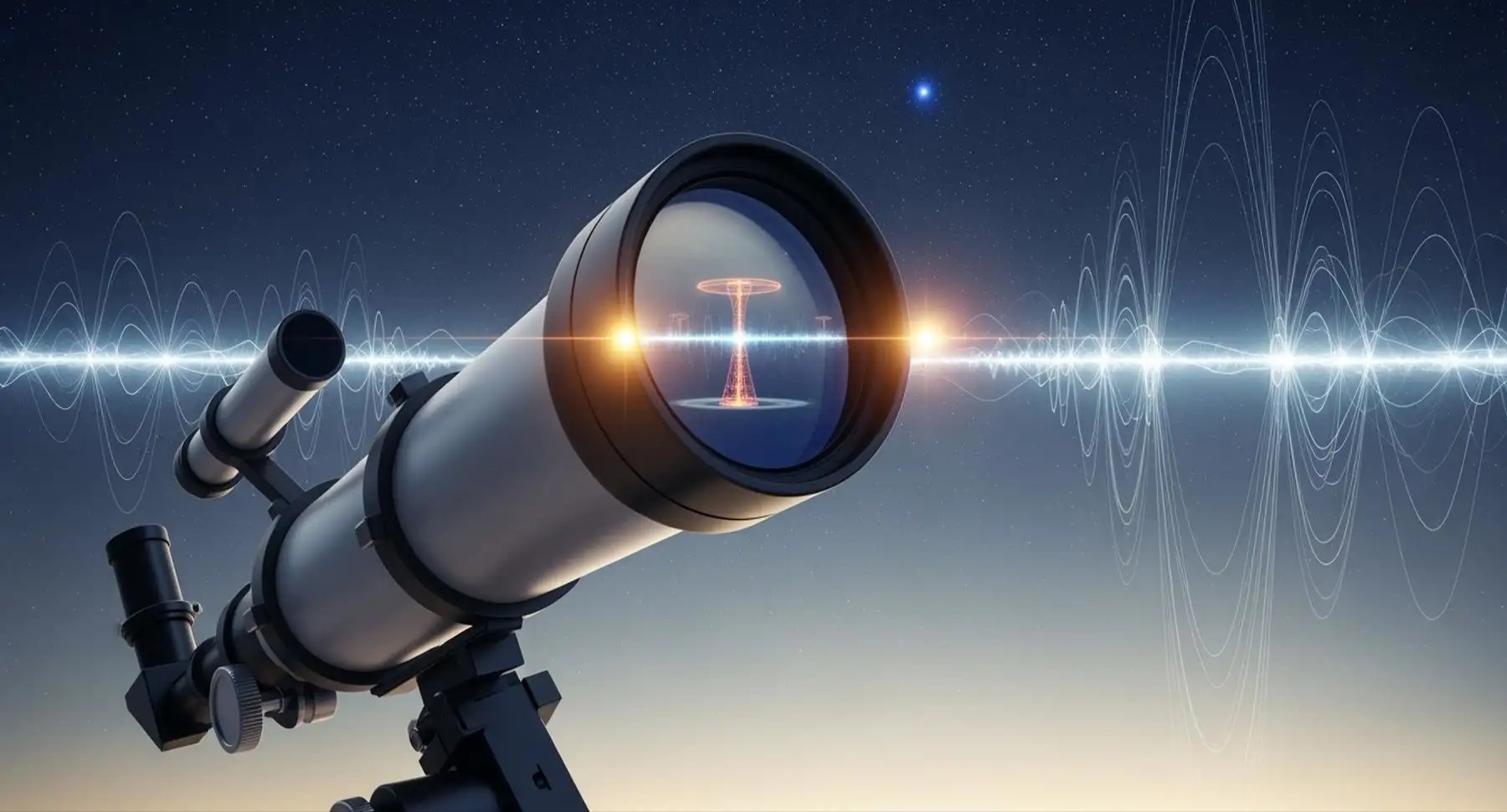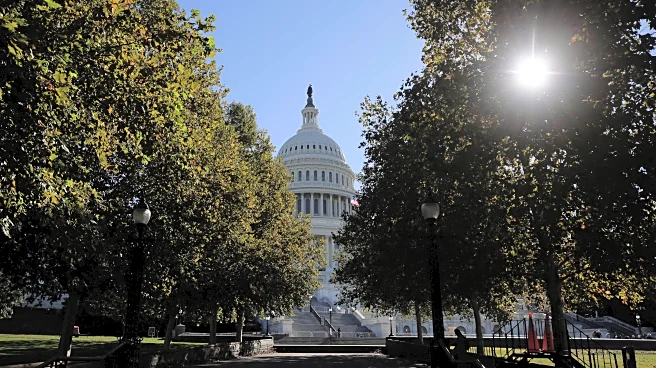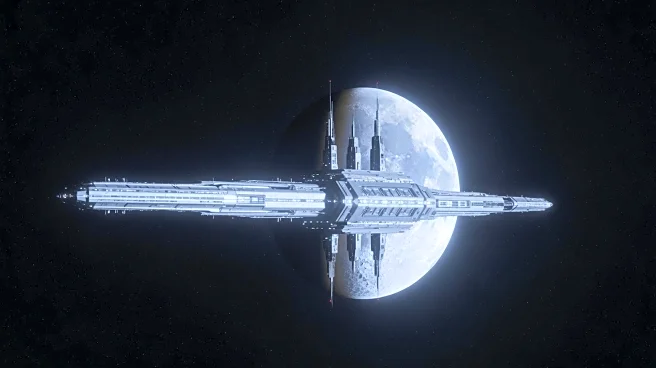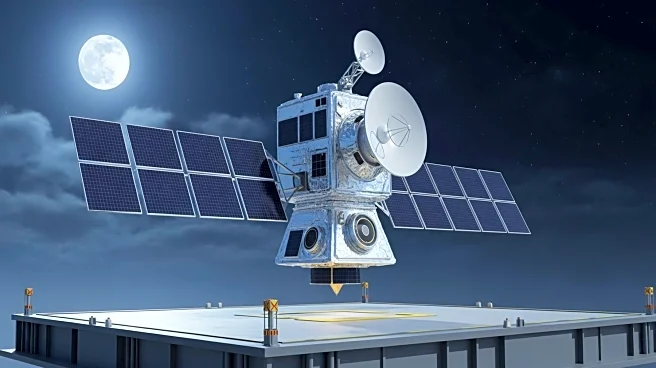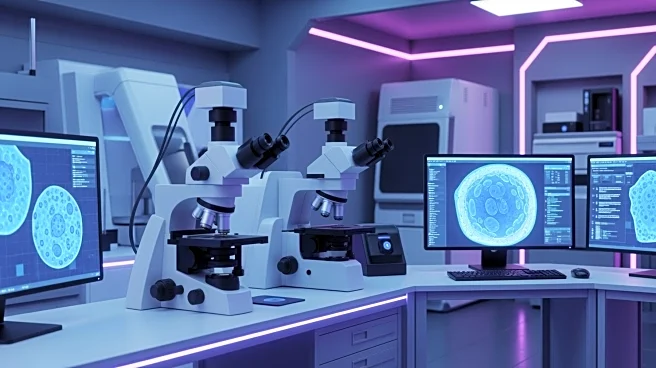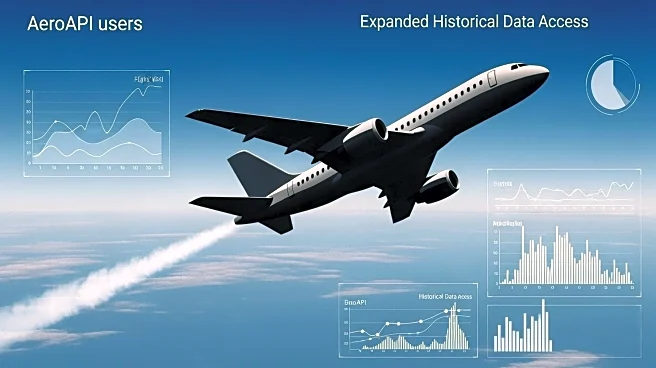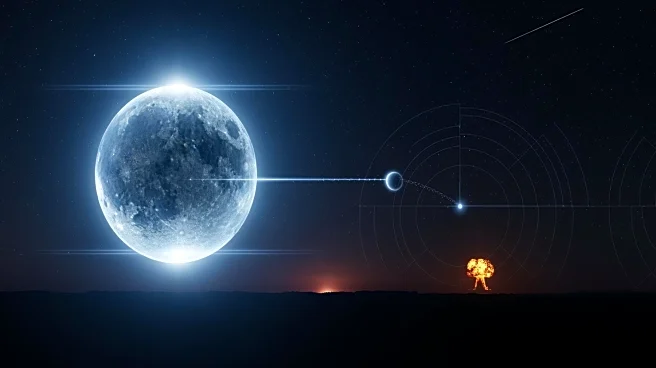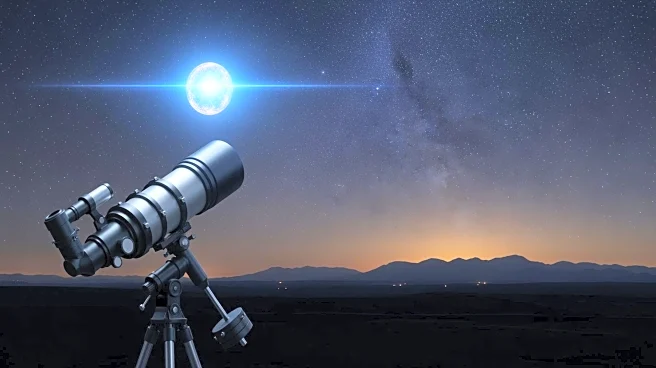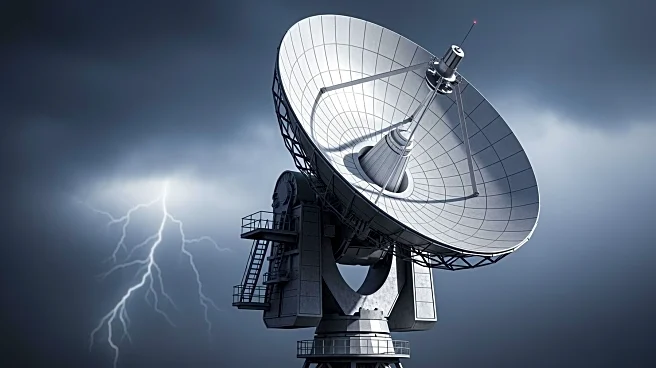What's Happening?
A recent study has explored potential associations between short-lived star-like transients observed in the Palomar Observatory Sky Survey (POSS-I) images from 1949 to 1957 and both nuclear weapons testing
and unidentified anomalous phenomena (UAP) reports. The research found statistically significant correlations, suggesting that transients were 45% more likely to occur on dates within nuclear test windows. Additionally, a small positive correlation was identified between the number of transients and UAP reports on the same date. The study also noted a decrease in UAP activity at nuclear production sites starting in 1953, despite ongoing nuclear developments, indicating a possible shift in UAP-nuclear associations during that period.
Why It's Important?
The findings of this study are significant as they provide empirical support for the potential connection between UAP phenomena and nuclear activities, a topic often discussed anecdotally but rarely backed by systematic data. This research could influence future investigations into UAPs and their origins, potentially impacting public policy and scientific approaches to understanding these phenomena. The associations found may also prompt further exploration into the effects of nuclear testing on atmospheric and astronomical observations, which could have broader implications for both scientific research and national security.
What's Next?
Future research may focus on refining the methods used to identify transients and UAPs, possibly employing artificial intelligence to improve data accuracy. Additionally, further studies could explore the nature of transients and their potential causes, including atmospheric phenomena or artificial objects. The study's findings may also lead to increased scrutiny of historical UAP reports and their contexts, potentially influencing how such data is collected and analyzed in the future.
Beyond the Headlines
The study raises questions about the ethical and security implications of nuclear testing and its potential to attract or influence unidentified phenomena. It also highlights the need for a more comprehensive understanding of how human activities, such as nuclear detonations, might impact the environment and contribute to unexplained astronomical events. This research could lead to a reevaluation of historical UAP data and its significance in the context of nuclear activities.
